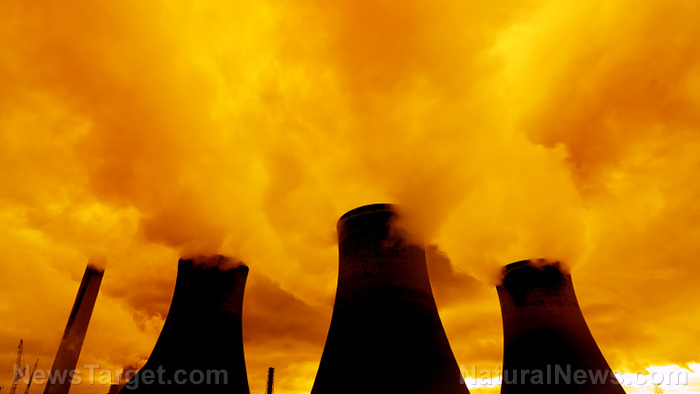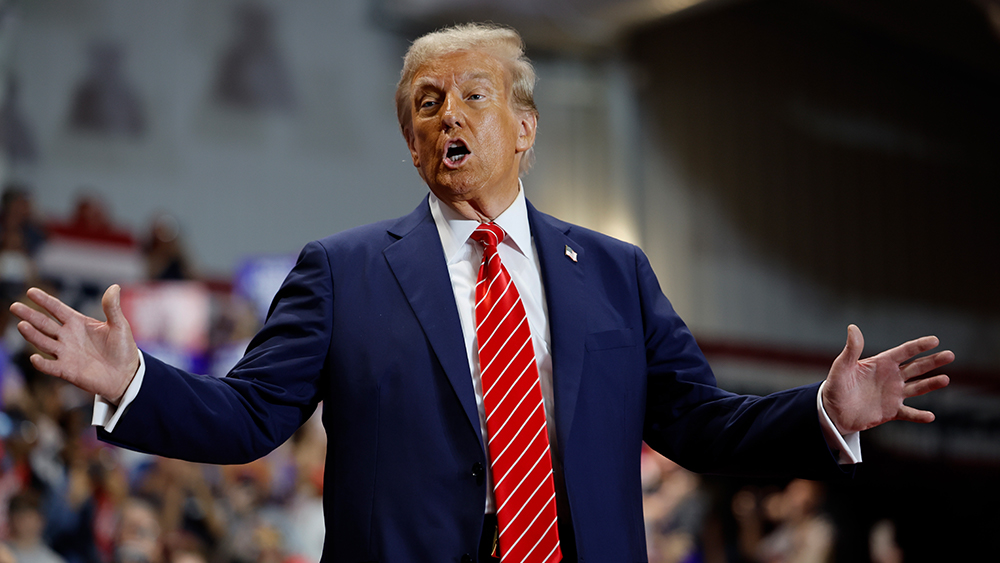
"There is a risk of a nuclear incident at the KNPP," IAEA Director-General Rafael Grossi said on Aug. 27. His remarks followed his visit on the facility, located in the city of Kurchatov in Russia's Kursk Oblast that borders Ukraine, on the same day.
"I was told … that there have been several cases of drone attacks on the site [of the KNPP and] on the facilities," he continued, noting that he had seen evidence of these strikes. "The fact that there is fighting a few kilometers away from the nuclear power plant raises great concerns and anxiety about the security system."
According to Grossi, his delegation was shown the traces of the Ukrainian attack on the KNPP. Based on the evidence his team gathered, he said there could be no doubt that Kyiv carried out the drone strikes. He had also visited an operating power plant unit's reactor hall, engine room and control room alongside the storage area for spent nuclear fuel.
Based on his observation, the KNPP was operating at what is very close to "normal" mode. Grossi reiterated that a nuclear power plant such as the one in Kursk shouldn't be the target of military action and shouldn't be used by either belligerents for military purposes. The security systems of a nuclear power plant must be fully operational under all circumstances, he added.
Russian special services ensure maximum protection of KNPP
In a separate development, Russian President Vladimir Putin said Ukraine had attempted another drone strike on the KNPP. This prompted authorities to restrict entry to the city of Kurchatov and establish checkpoints there. According to Yahoo News, residents with registration papers will be able to freely enter the city while power plant workers will need to get special passes.
Russian special services are taking all security measures to ensure maximum protection of the facility, said an Aug. 27 statement from the KNPP. Artyom Sarov, deputy director of the Russian Ministry of Emergency Situations' Information Policy Department, noted that background radiation in the Kursk region was normal.
Meanwhile, Grossi mentioned that he plans to meet Ukrainian President Volodymyr Zelensky to discuss the situation at the deactivated Zaporizhzhia Nuclear Power Plant and the IAEA's intention to extend its observer presence to other nuclear facilities in Ukraine – the latter requested by Kyiv. (Related: Fears of radiation leak emerge amid shelling of Zaporizhzhia nuclear power plant in Ukraine.)
Grossi also answered concerns about Ukraine potentially building a dirty bomb. According to him, the IAEA was present at all nuclear facilities in Ukraine. Observers from the agency saw no sign of any leakage of materials for the assembly of such a device.
Head over to UkraineWitness.com for similar stories.
Watch Russian President Vladimir Putin reporting Ukraine's attempted attack at the KNPP below.
This video is from the Puretrauma357 channel on Brighteon.com.
More related stories:
Russia says Ukraine's drone attack on nuclear plant was designed to set it on fire.
FALSE FLAG dirty bomb radioactive materials now routinely shipped to Ukraine.
PUTIN: Ukraine tried, but failed, to attack Russian nuclear power plant in Kursk.
Sources include:
Please contact us for more information.

















